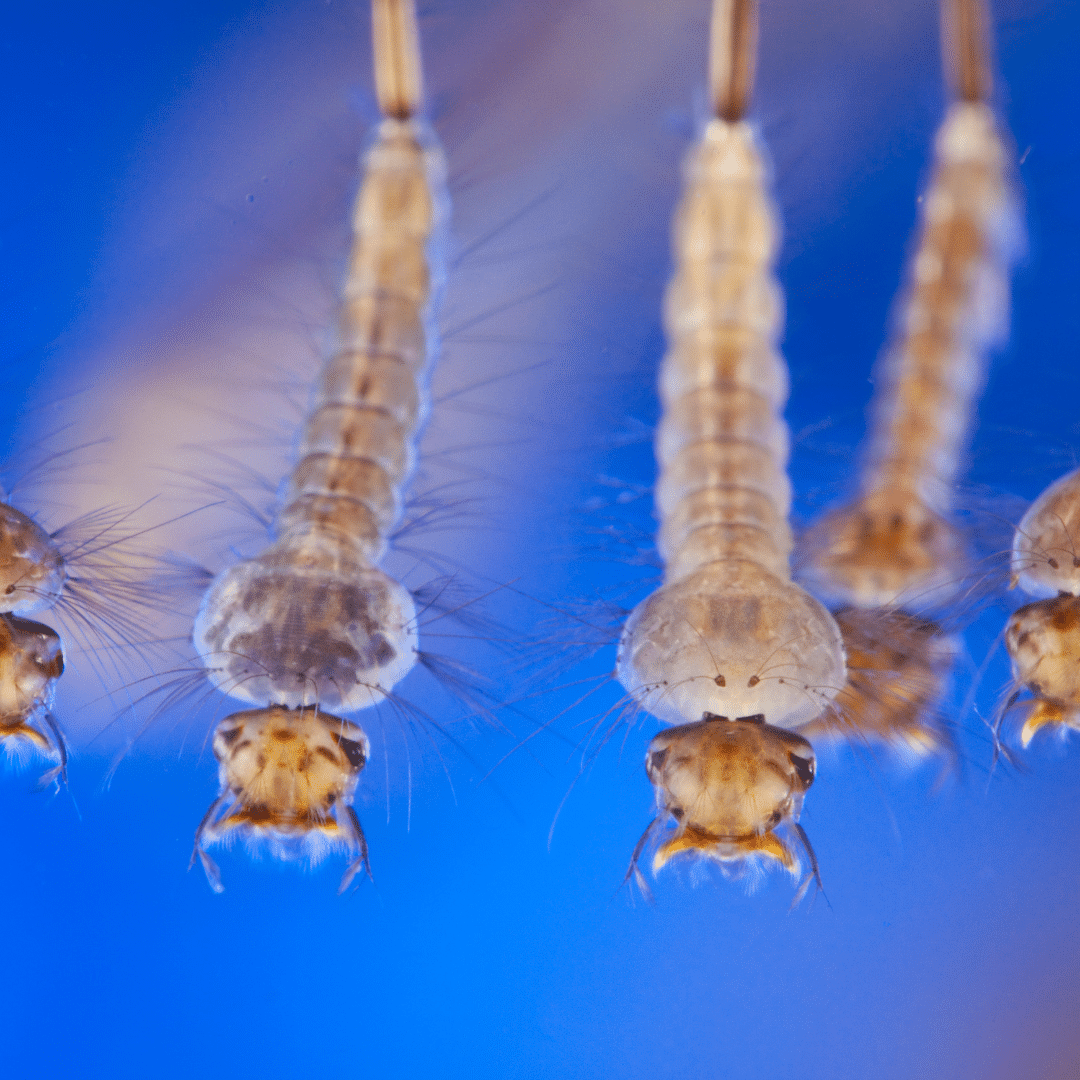
20 Jun Mosquito Lifecycle and Control
Protecting Against Mosquitoes
Mosquitoes are more than just a nuisance; they can pose significant health risks to you and your family. In South Florida, where warm temperatures and high humidity create an ideal environment for these pests, understanding their lifecycle is essential for effective control. Pest Busterzz is dedicated to helping you manage mosquito populations and protect your loved ones.
Egg & Larvae Stage
Mosquitoes begin their lifecycle as eggs, laid on the surface of stagnant water or in areas that will flood. Female mosquitoes can lay hundreds of eggs at a time. These eggs can withstand drying out for several months until they are submerged in water. Once in water, the eggs hatch into larvae within a few days. Standing water is crucial for this stage, making it important to eliminate any potential breeding sites around your home.
The egg stage is critical because it sets the stage for the next three stages. By identifying and removing standing water where mosquitoes lay their eggs, you can significantly reduce the mosquito population in your area. Regularly check for stagnant water in containers, gutters, bird baths, and any other places where water can accumulate.
After hatching, mosquito larvae, commonly known as wigglers, live in the water and feed on organic matter, algae, and microorganisms. They are characterized by their wiggling movement and are typically found at the water’s surface, where they breathe through tubes. The larval stage lasts about a week, depending on environmental conditions such as temperature and food availability.
During this stage, larvae are vulnerable to predators like fish and dragonfly nymphs. They are also susceptible to environmental changes, such as water evaporation. By introducing natural predators to your garden pond or using larvicides in stagnant water, you can effectively reduce the number of larvae and prevent them from maturing into adult mosquitoes.
Pupa & Adult Stage
The pupa stage, also known as the tumbler stage, is a transitional period where the larva transforms into an adult mosquito. Pupae are comma-shaped and do not feed during this stage. Instead, they remain in the water, breathing through tubes located on their backs. The pupal stage typically lasts two to three days, after which the adult mosquito emerges.
This stage is relatively short but crucial, as it prepares the mosquito for its final adult form. Since pupae are still dependent on water, maintaining efforts to eliminate standing water can help disrupt the lifecycle. Regular inspections and treatments are essential during this period to prevent the emergence of adult mosquitoes.
Once the mosquito emerges from the pupal case, it rests on the water’s surface until its body and wings dry. Male mosquitoes feed on nectar and other plant sugars, while female mosquitoes seek blood meals to develop their eggs. The lifespan of an adult mosquito can range from a few days to several weeks, depending on species and environmental conditions.
Female mosquitoes are the primary culprits behind mosquito-borne diseases, as they can transmit pathogens like West Nile virus, Zika virus, and dengue fever through their bites. Understanding the behavior and habitat of adult mosquitoes is key to implementing effective control measures. Regularly using repellents, wearing protective clothing, and maintaining clean surroundings can help reduce the risk of mosquito bites.
Controlling Mosquito Breeding
South Florida is home to several mosquito species, each with unique characteristics and behaviors. Some of the most common include the Aedes aegypti, Aedes albopictus, and Culex species. Aedes mosquitoes are known for their aggressive daytime biting habits and are primary vectors for diseases like Zika and dengue fever. Culex mosquitoes, on the other hand, are more active during dawn and dusk and are known to transmit West Nile virus.
Recognizing the different species and their behaviors can help you tailor your mosquito control efforts. For instance, focusing on eliminating standing water is crucial for Aedes mosquitoes, while minimizing outdoor activities during peak Culex activity times can reduce exposure to bites.
One of the most effective ways to control garden pests like mosquitoes is by eliminating their breeding sites. Standing water is essential for mosquitoes to lay their eggs. By removing or treating these water sources, you can drastically reduce the mosquito population. Regularly inspect your property for items that collect water, such as flower pots, buckets, and tires. Clean out gutters and downspouts to ensure proper drainage.
For areas where standing water is unavoidable, such as bird baths or decorative ponds, change the water regularly or use mosquito dunks, which release a bacterium that kills mosquito larvae. Additionally, ensure that any water storage containers are tightly sealed to prevent mosquitoes from accessing them.
Effective Mosquito Barriers
Physical barriers can effectively reduce your exposure to mosquitoes. Installing window and door screens can prevent mosquitoes from entering your home. Ensure that screens are intact and free of holes. Use mosquito nets around outdoor seating areas and over beds to create a protective barrier.
Mosquito traps can also be useful in capturing and killing mosquitoes. These traps attract mosquitoes with light, heat, or carbon dioxide and then capture them. Regularly empty and clean the traps to maintain their effectiveness. Combining physical barriers with other control methods can provide comprehensive protection against mosquitoes.
Chemical controls should be used as a last resort, especially in an organic garden. When necessary, choose organic pesticides like insecticidal soap and horticultural oil. These products are less harmful to beneficial insects and the environment compared to synthetic pesticides. Always follow the instructions on the label to ensure safe and effective application.
In cases of severe infestations, professional pest control services may be needed. Pest Busterzz offers comprehensive pest control solutions tailored to your garden’s needs. Our eco-friendly treatments target pests at all life stages, ensuring thorough and effective control. Regular inspections and treatments by our professionals can help keep your garden healthy and pest-free.
Protect Against Mosquitoes
Taking personal protection measures can significantly reduce your risk of mosquito bites. Use mosquito repellents on exposed skin and clothing, especially during peak mosquito activity times at dawn and dusk. Repellents containing DEET, picaridin, or oil of lemon eucalyptus are effective options.
Wear long sleeves, long pants, and socks to minimize exposed skin. Light-colored clothing is less attractive to mosquitoes compared to dark colors. Avoiding outdoor activities during peak mosquito times can also help reduce your exposure to bites. By taking these personal protection measures, you can enjoy outdoor activities with less risk of mosquito bites.
Natural and organic methods are excellent for controlling garden pests without harming the environment. Introducing natural predators, such as dragonflies, birds, and bats, can help control mosquito populations. Dragonflies, for example, feed on mosquito larvae, while birds and bats prey on adult mosquitoes.
Planting mosquito-repellent plants like citronella, lavender, and marigolds around your garden can also help deter mosquitoes. These plants emit scents that are unpleasant to mosquitoes, reducing their presence in your garden. Homemade remedies, such as essential oil sprays and neem oil, can be applied to skin and clothing for personal protection. These organic solutions are safe for your plants, pets, and family.
Conclusion
Managing mosquitoes requires a proactive and comprehensive approach. By understanding the mosquito lifecycle and implementing effective control strategies, you can protect your home and garden from these pests. Regular maintenance and cleanliness are key in creating an environment that is less inviting to mosquitoes.
Professional pest control services, like those provided by Pest Busterzz, offer tailored solutions to address the unique challenges of mosquito control. Our eco-friendly and organic methods ensure that your home and garden remain healthy and pest-free. Whether you’re a renter, homeowner, or business owner, taking proactive steps to manage mosquitoes can save you time, money, and stress in the long run.
Don’t let mosquitoes take over your home or garden. Contact Pest Busterzz today for a professional inspection and customized mosquito control plan. With our expertise and commitment to excellence, you can enjoy a beautiful, thriving garden free from mosquitoes. Visit our website or follow us on social media for more tips and information on keeping your home and garden mosquito-free.


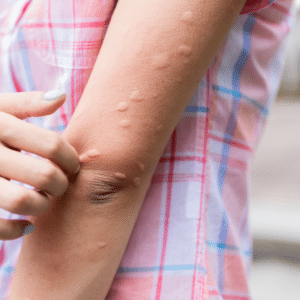
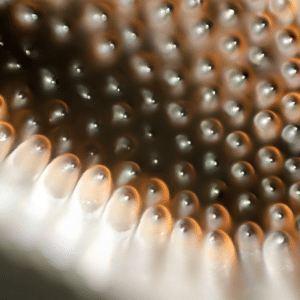
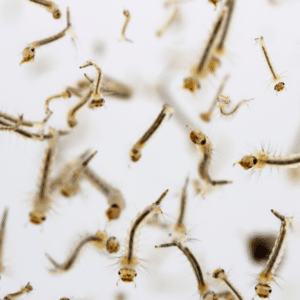
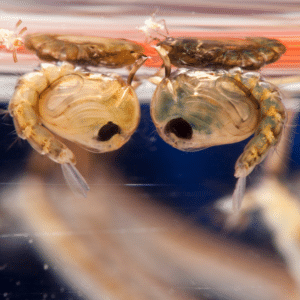
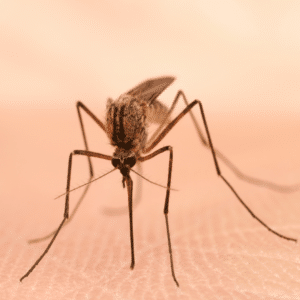
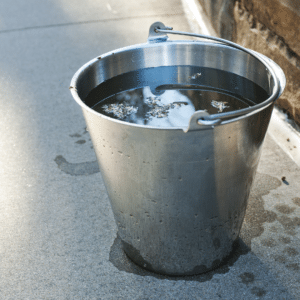
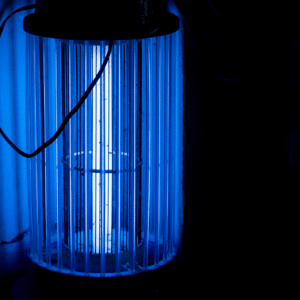
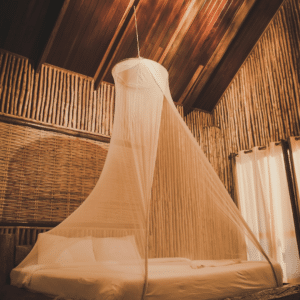
No Comments